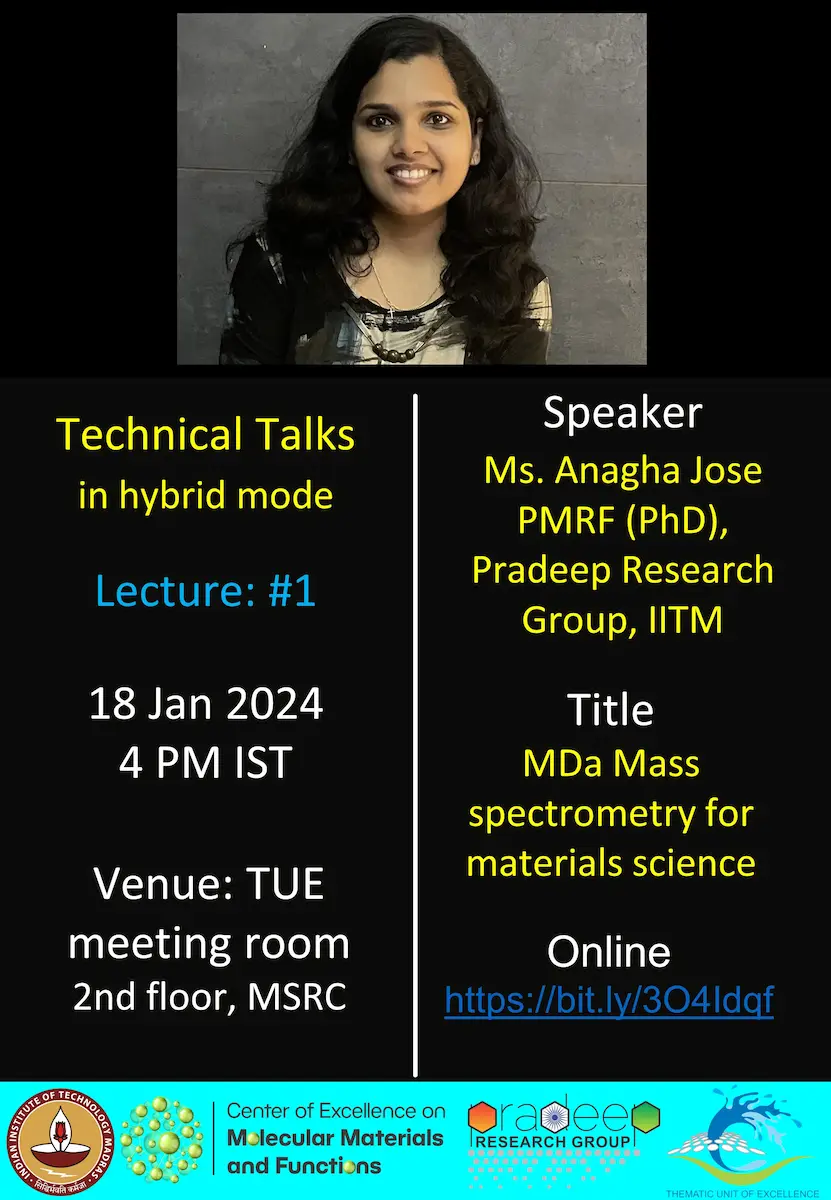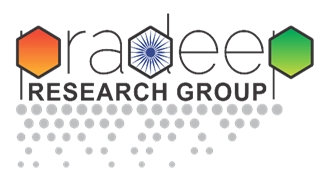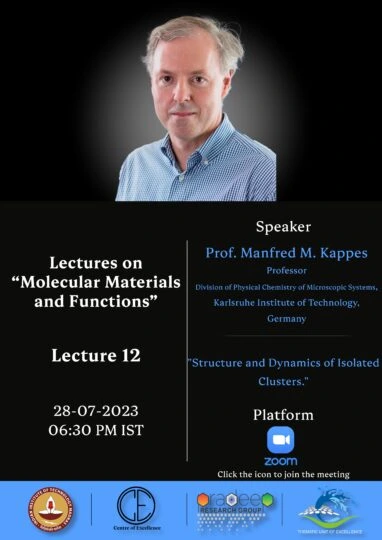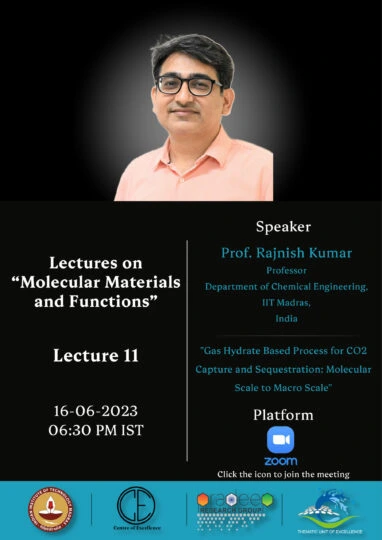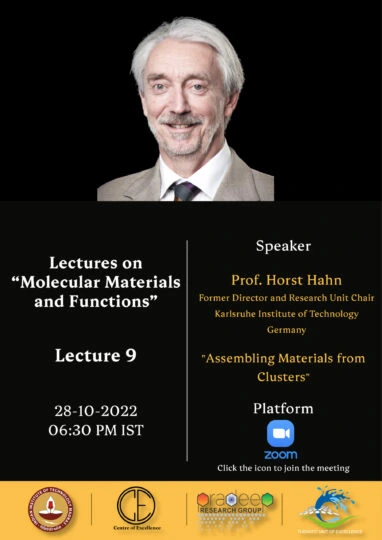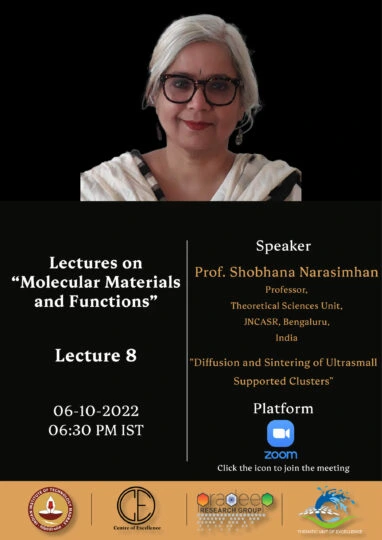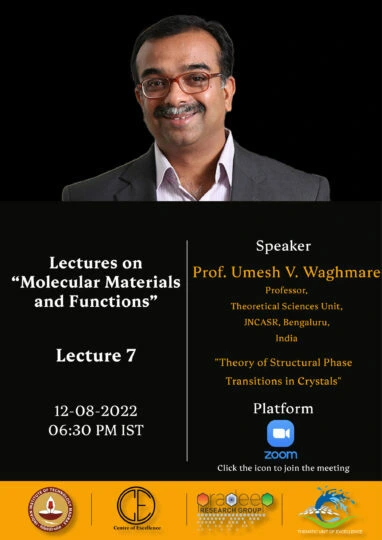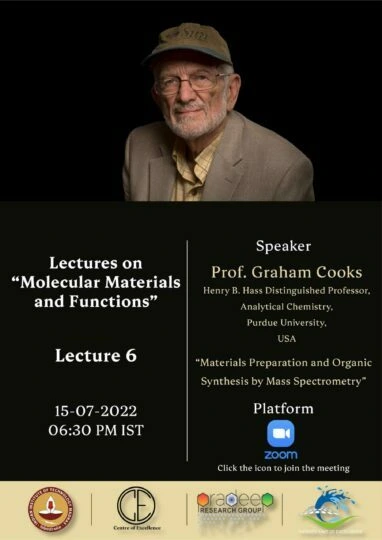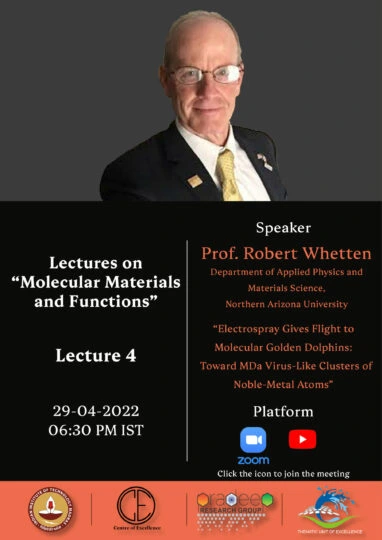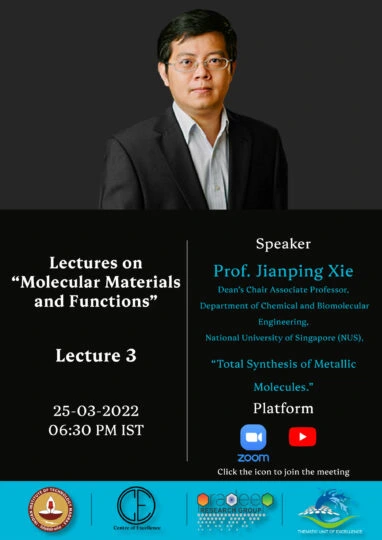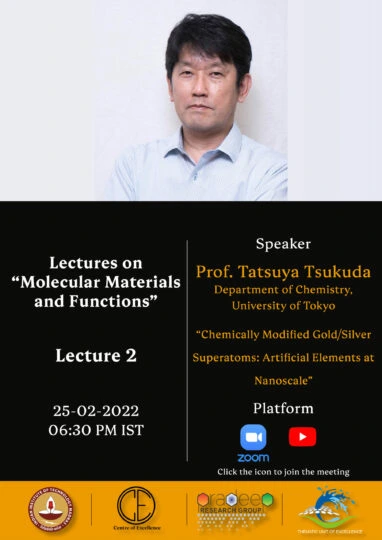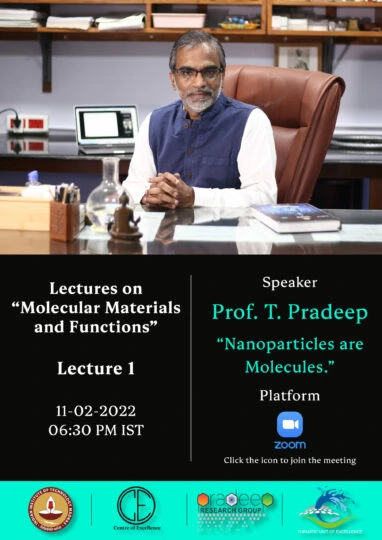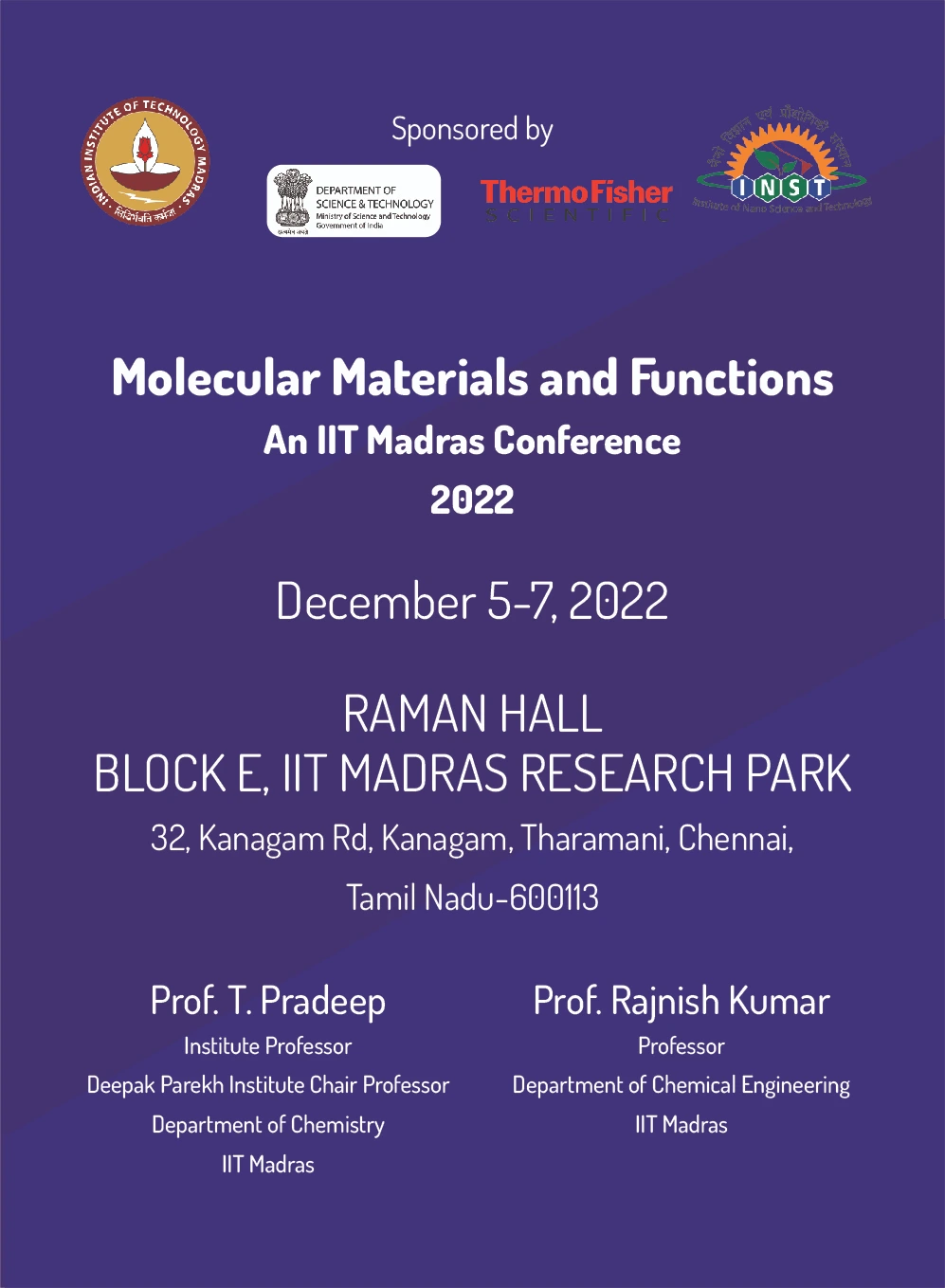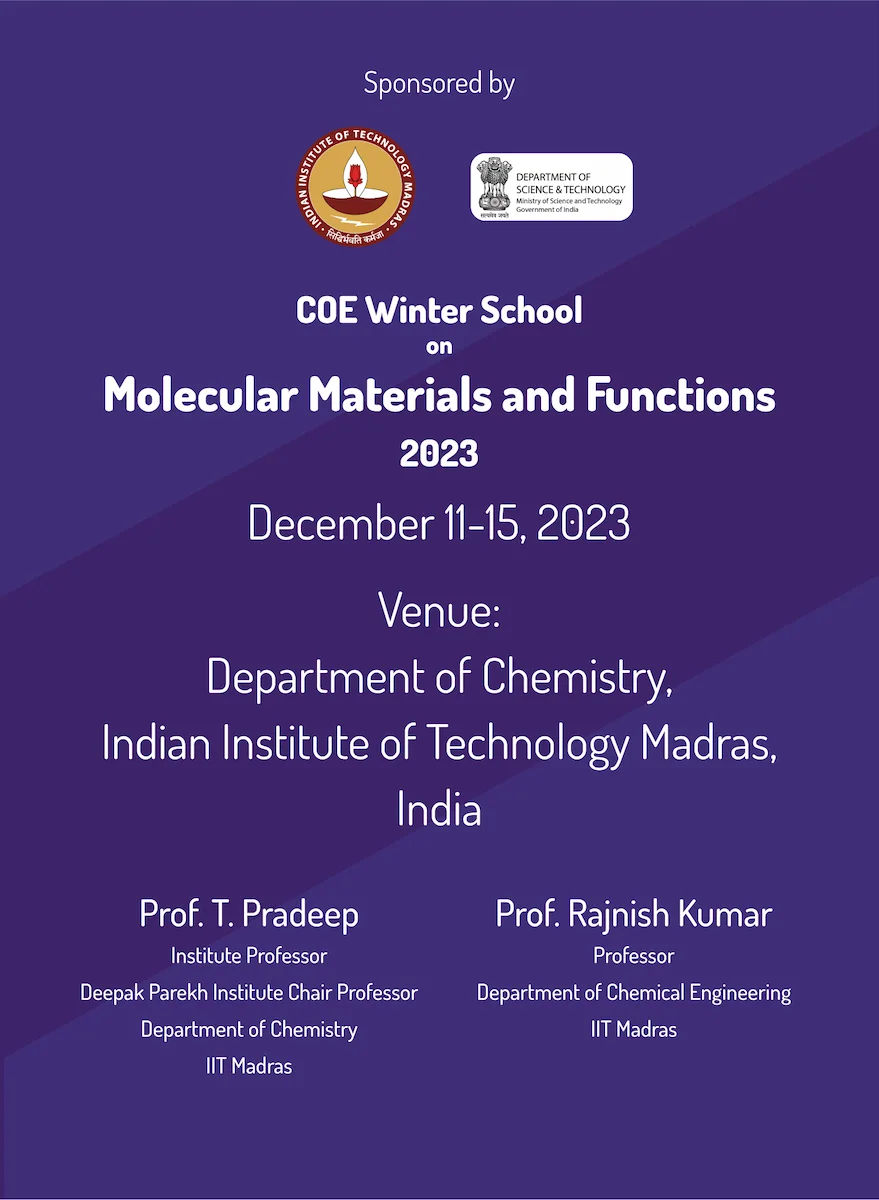Centre of Excellence on Molecular Materials and Functions is one of the clusters of the Indian Institute of Technology Madras (IITM), which is one of the ‘Institute of Eminence,’ launched by the Government of India to empower Higher Educational Institutions and help them become world-class teaching and research institutions.
Our vision is to build a sustainable center with global visibility on molecular matter, focusing on atomically precise clusters and gas hydrates: to seed, nurture, and expand cutting-edge science and technology in respective areas, collectively with the best people across the world, with the involvement of the next generation.
We aim to create a globally recognized centre focusing on the synthesis and study of molecular materials, where the fundamental building blocks are molecules, rather than atoms. They hold considerable academic and technological promise as they offer tunable properties that are relevant for applications. In order to leverage the expertise of the participating groups in a synergistic fashion, we aim to initially specialize in two exciting and important families of molecular materials: those assembled from metallic clusters and those assembled from gas hydrate cages. However, as additional capabilities are established, we will also expand our activities into other kinds of molecular materials, including supramolecular polymers, energy-harvesting assemblies, molecular metals, and molecular magnets. Important strides have already been made in the study of molecular forms consisting of atomically precise metal clusters containing tens to hundreds of atoms; the participating groups have been among the leaders in this area.
The challenge now is to fill in the ‘gap’ between molecules and bulk materials, by achieving clusters of hundreds of kilodaltons and eventually megadaltons of mass. We will synthesize such systems, using novel methods and approaches. By studying the chemical, physical, and mechanical properties of these cluster-assembled solids, it is expected that we will achieve breakthrough results in reactivity, catalysis, electrical transport, magnetism, energy storage, and dissipation. In gas hydrates, our principal effort will be to use the hydrate cages as new molecular containers in which cryogenic chemistry can occur. Elementary processes happening in hydrate cages will be examined with in-situ spectroscopy. These will have immense relevance to molecular evolution in space as well as the utilization of hydrates for gas storage and CO2 sequestration. Alongside the experimental investigations, we will carry out theoretical studies that will shed light on the underlying phenomena and help optimize the properties of these molecular materials. In this way, a new understanding of materials and phenomena will be gained.
To maximize technological relevance, industrial linkages will be strengthened for local and national development. The outstanding team of collaborators, partners, and advisors that has been assembled will guarantee maximum international visibility and impact and further raise the profile of the Institute. Advanced facilities and resources will be created, and next-generation leaders will be trained with greater national and international participation, placing the larger objectives of the IoE as paramount. Thus, the centre will promote local excellence while partnering with the best in the world.
Complete guide to spotting a fake Rolex watch. Make sure to buy from a trusted secondary-market dealer or authorized retailer.
Buy the best replica watches at great discounts and best quality with free shipping.

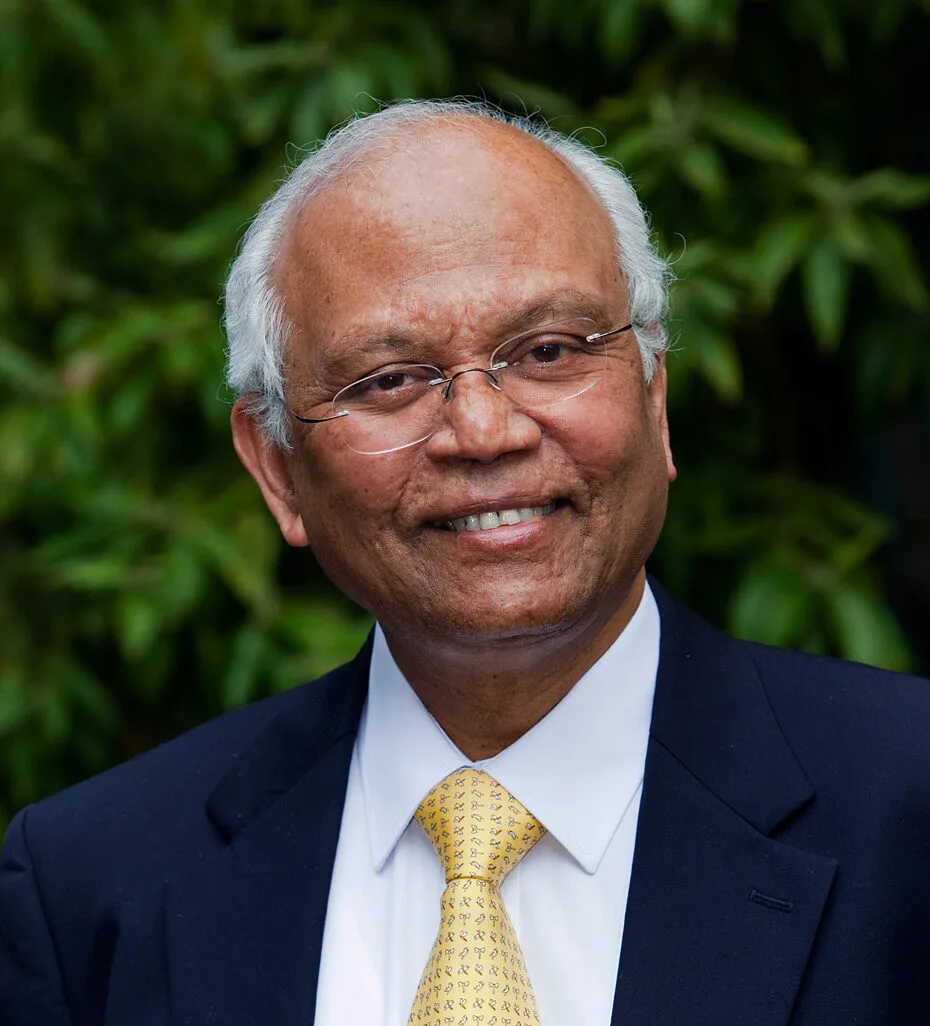
R. A. Mashelkar
National Research Professor, NCL, Pune & Former Director General of CSIR, India
1-scaled-e1696829094960.webp)
Richard N. Zare
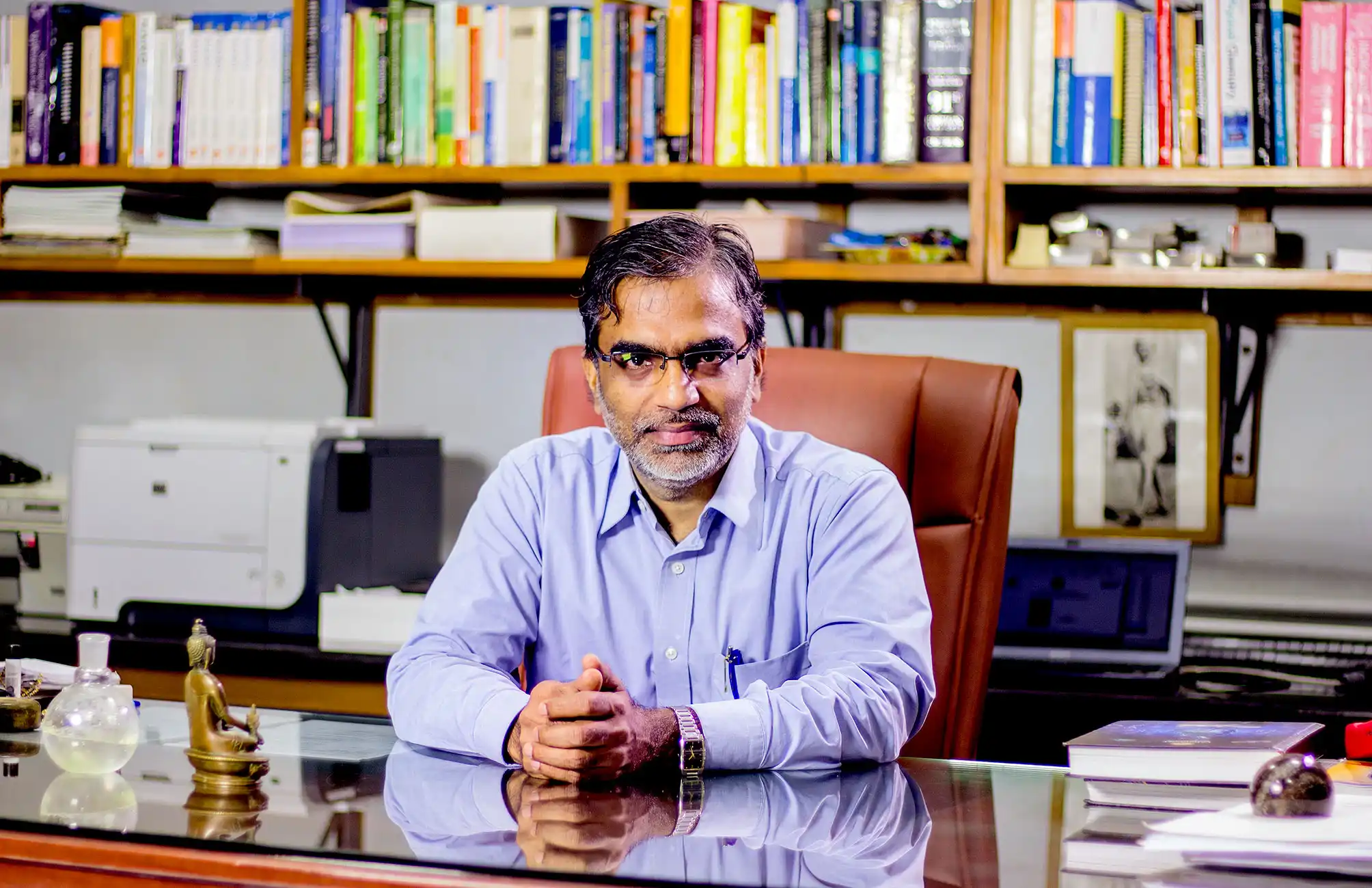

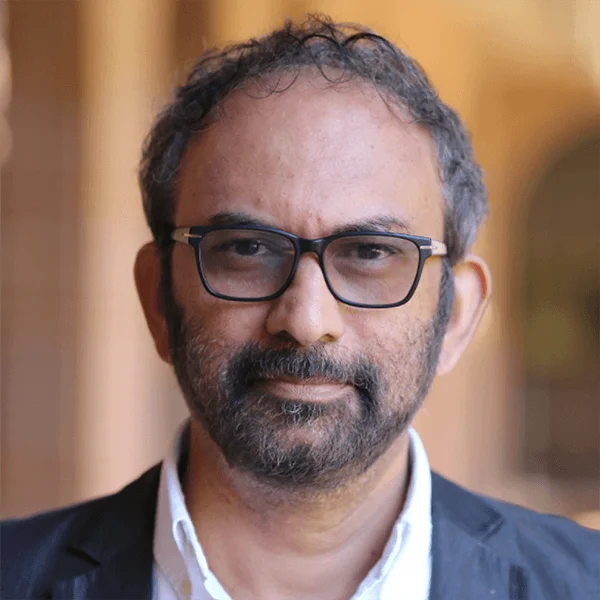

Tomáš Baše
The Czech Academy of Sciences, Institute of Inorganic Chemistry, Czech Republic


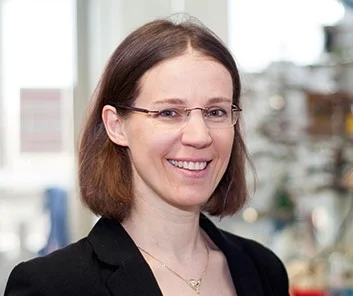
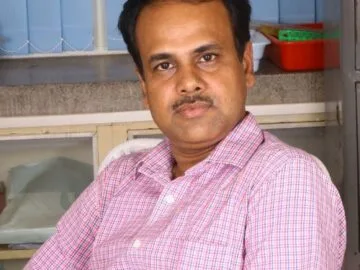

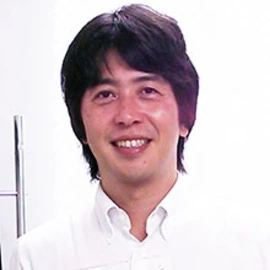

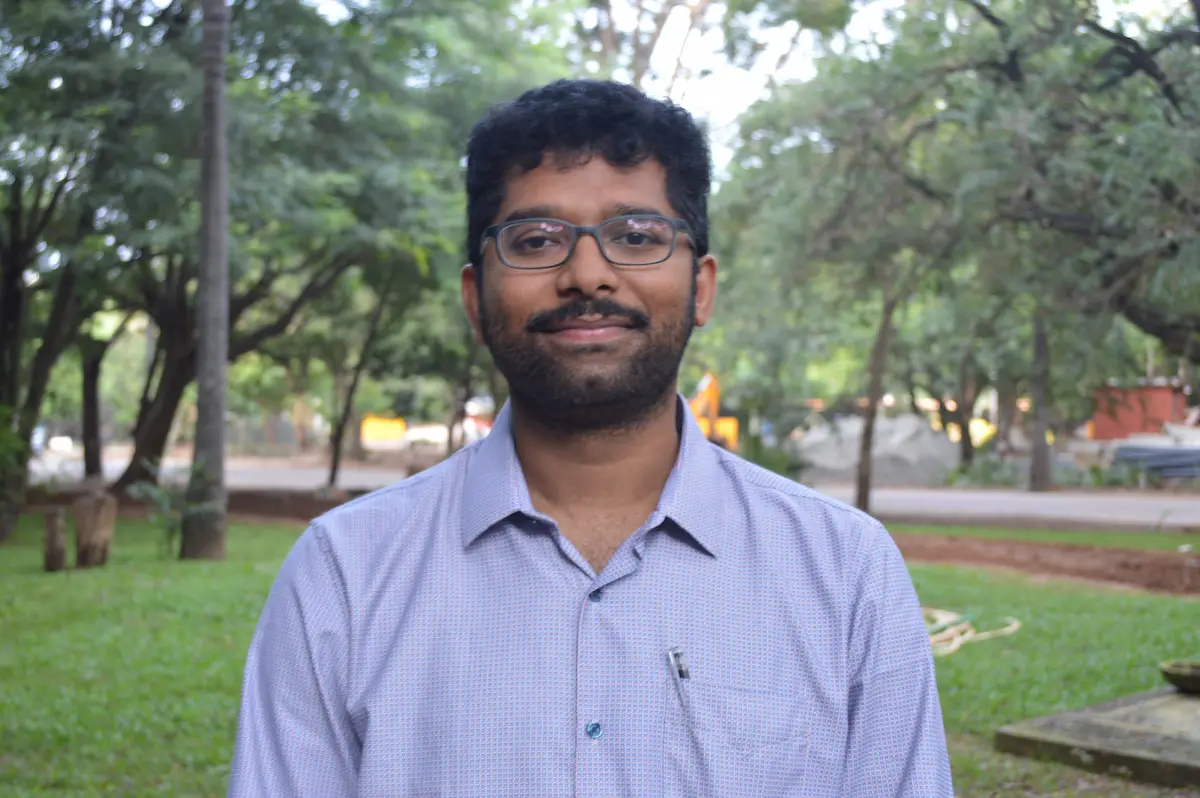
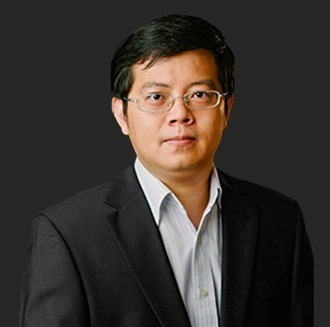

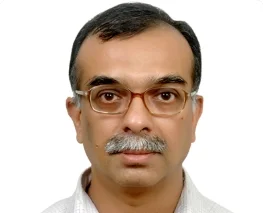
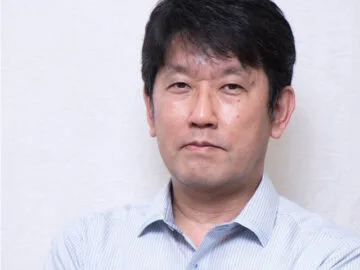

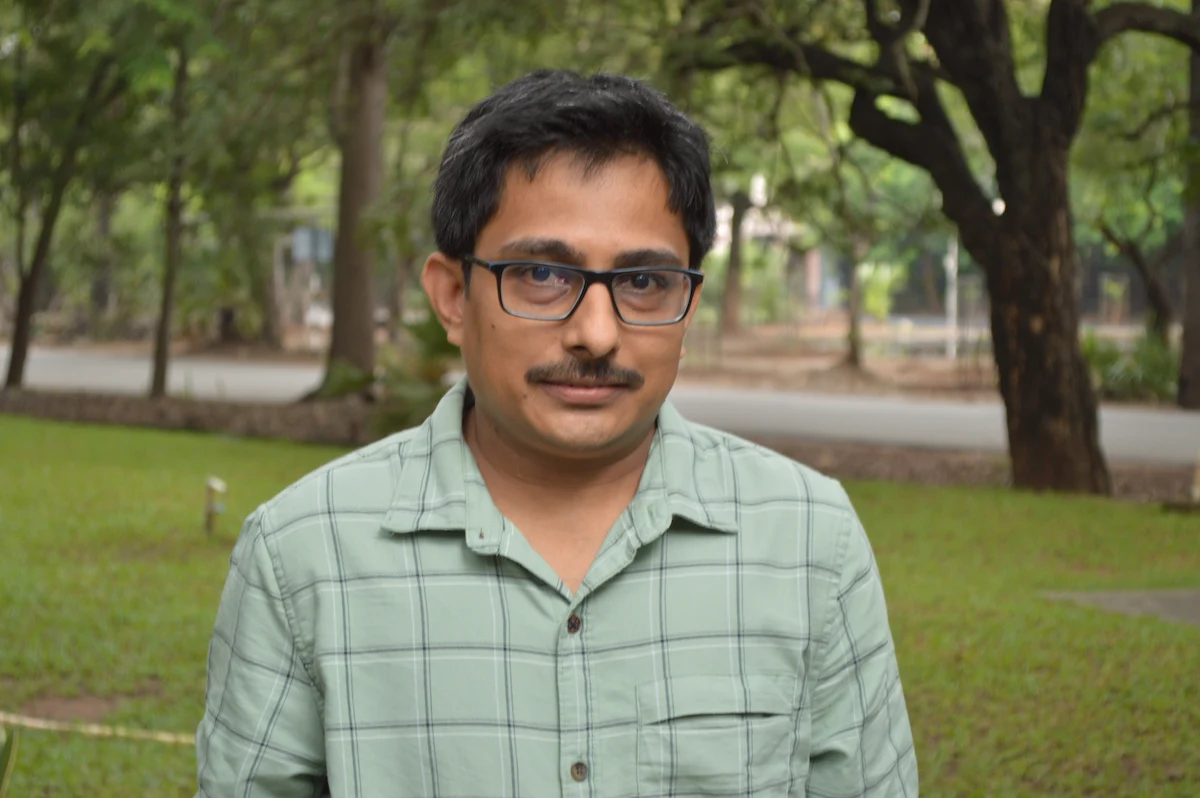
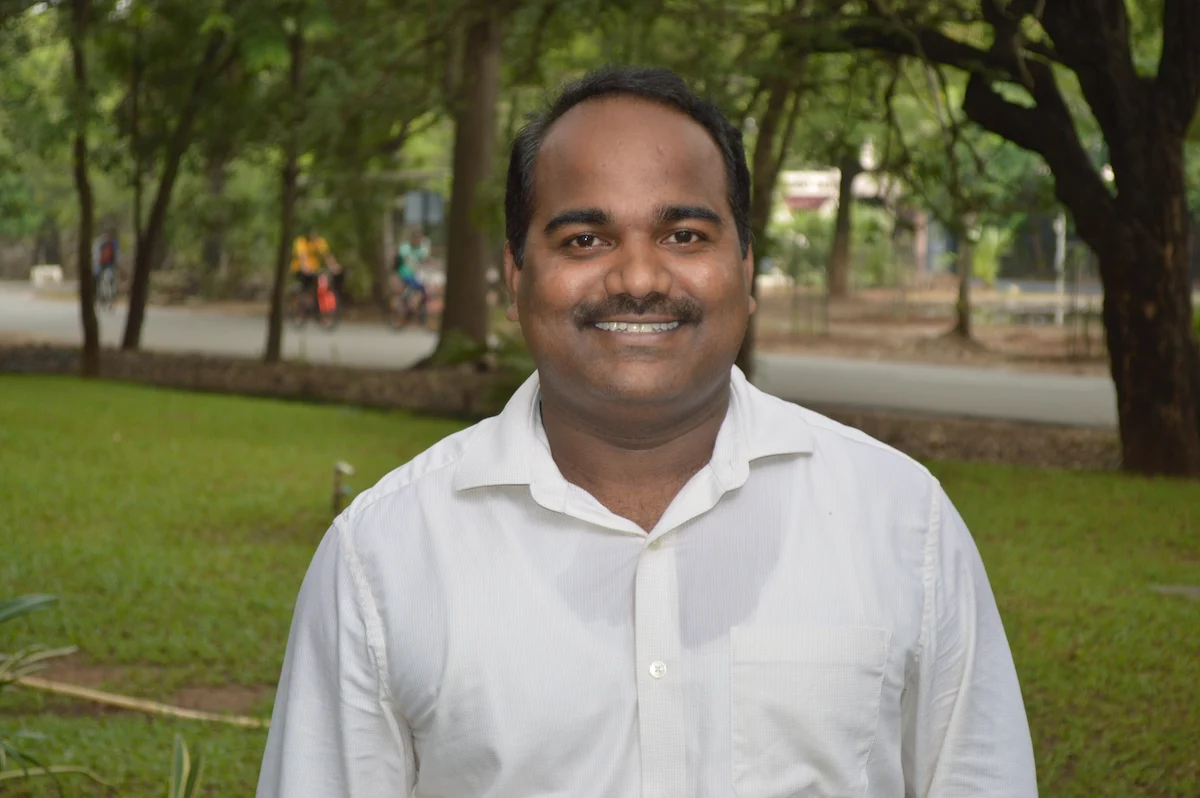




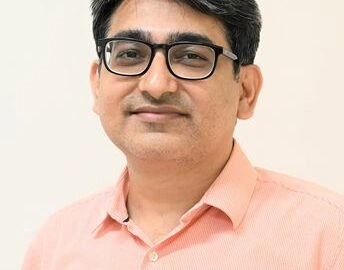
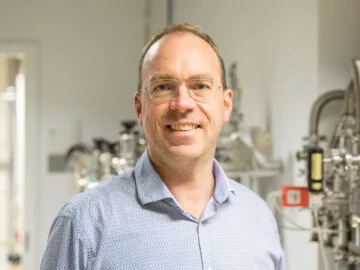

Depanjan Sarkar

K. Priya
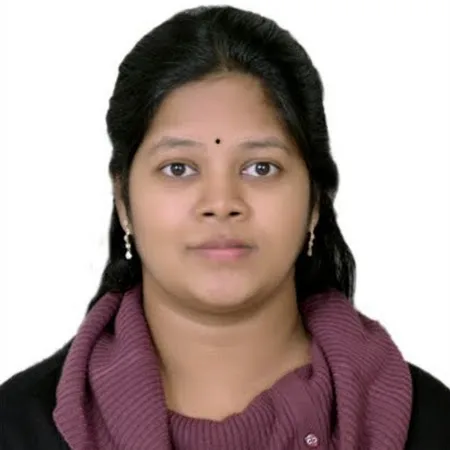


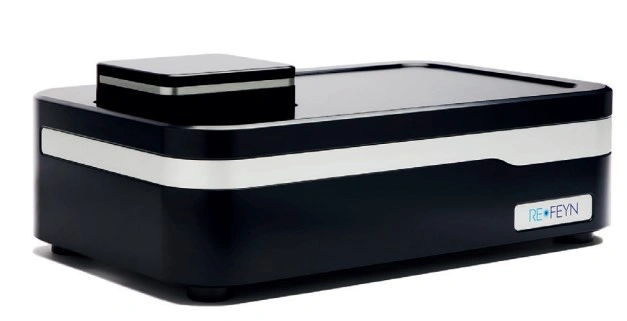
Instrument specification
Mass Photometer
Technicalities
Key features of Refeyn Two mass photometer
- Mass range: 30 kDa – 5 MDa
- Mass precision: ±2% or lesser
- Mass error: ±5% or lesser (single measurement)
- Resolution (FWHM): 25 kDa @ 66 kDa and 60 kDa @ 660 kDa
- Concentration range: 100 pM – 100 nM
- Sensitivity: << 1 ng of protein
- Wavelength: 488 nm
- Field of view: 4 x 11 µm (@ 500 Hz) up to 12 x 17 µm (@ 135 Hz)
- Pixel size: 12 nm
Theory of operation
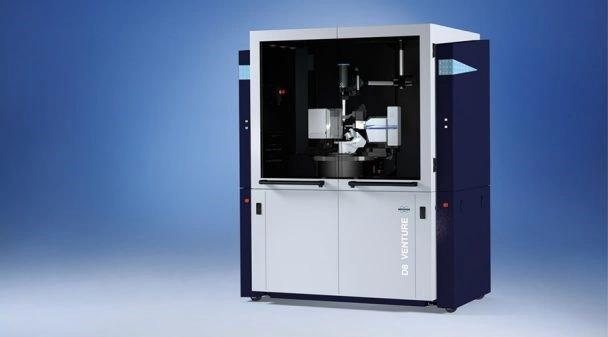
Instrument specification
D8 Venture Single Crystal X-Ray Diffractometer
Technicalities
Key features of D8 Venture SCXRD
- Flux density: 6 × 10¹¹ X-rays/mm2s
- X-ray sources: IµS 3.0 and IµS DIAMOND microfocus, METALJET liquid metal
- Active area: up to 280 cm2
- Anode: Microfocus TXS Rotating Anode
- Goniometer: FIXED-CHI or KAPPA, for completeness and multiplicity
- Software and data processing: APEX5 and PROTEUM3
- Low temperature range: Cryostream (liquid nitrogen) and COBRA (non-liquid nitrogen)
Theory of operation
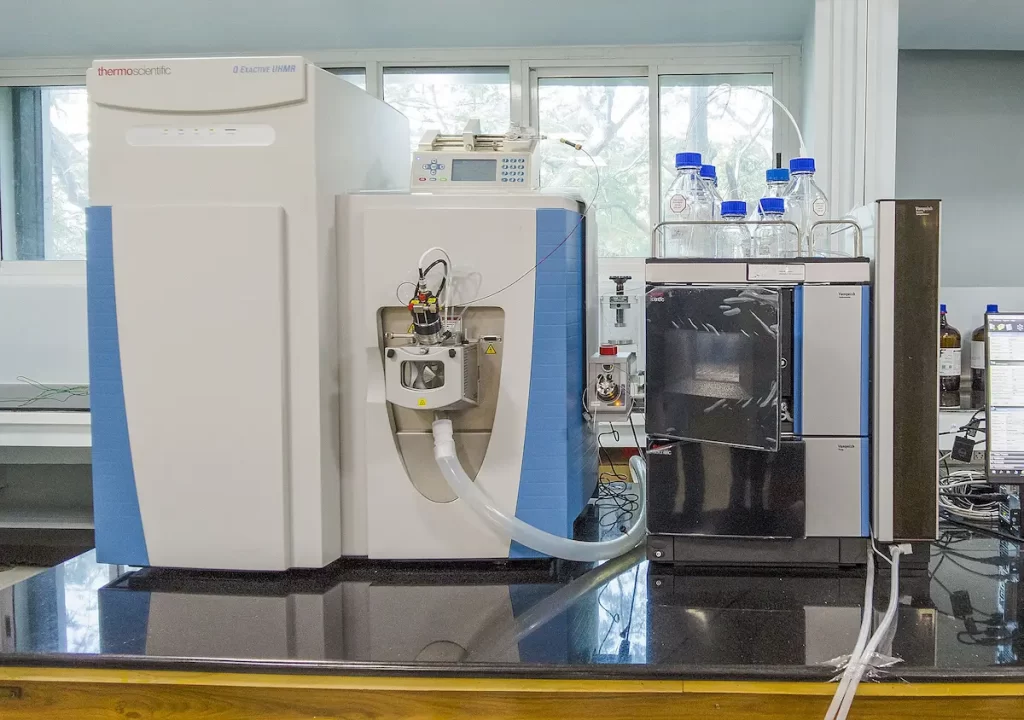
Instrument specification
Q Exactive Ultra High Mass range (UHMR) Hybrid Quadrupole-Orbitrap mass spectrometer
Technicalities
- Ultra-high mass range up to m/z 80,000.
- Quadrupole isolation up to m/z 25,000 for Selected Ion Monitoring (SIM), MS/MS and pseudo-MS3 experiments.
- Resolution up to 200,000 (FWHM) at m/z 400.
- In-source trapping for higher transmission and better desolvation.
- Advanced Quadrupole Technology (AQT) for superior precursor isolation.
- Advanced Active Beam Guide (AABG) for greater sensitivity and maximum robustness.
Operation modes
- Full MS with high resolution, accurate mass detection
- SIM with high resolution, accurate mass detection
- All Ion Fragmentation (AIF) using in-source CID, in-source trapping or HCD
- MS/MS and pseudo-MS3 of isolated ions with high-resolution, accurate mass detection
Schematic of the Q Exactive UHMR
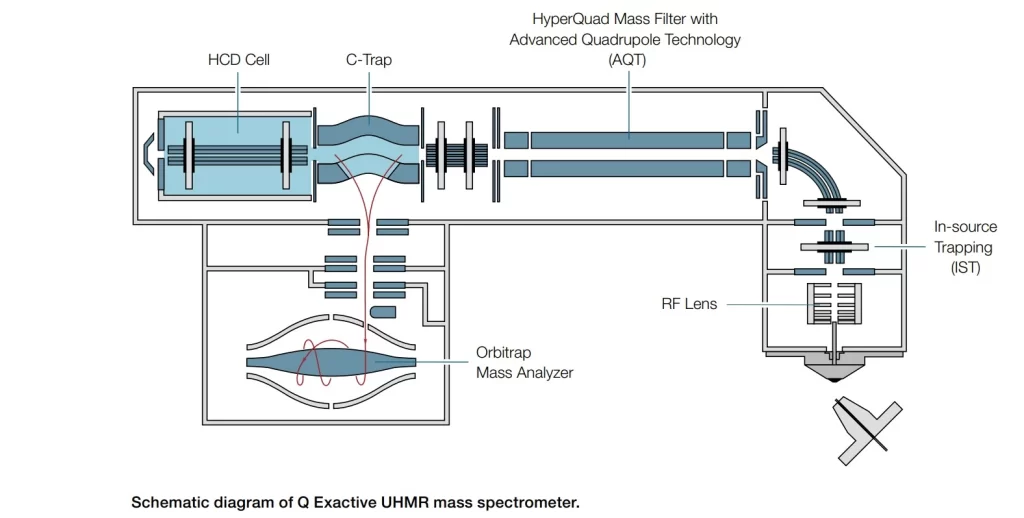
Theory of operation
Other facilities available at DST unit on nanoscience and Thematic unit of excellence are:
Molecular materials are exquisitely recognized as molecules in their own right, adept for a myriad of applications owing to their unique functions, creating a new branch of science that is exciting and enriching.
Our focus on molecular materials, where the fundamental building blocks are molecules, rather than atoms, is primarily on the following:
(a) atomically precise metallic clusters (nanoclusters) and
(b) gas hydrate cages.
Their chemistry, assembly, and unique properties are investigated, opening a wide range of possibilities in this field (such as molecular metals and molecular magnets) which can be harnessed in the laboratory for using these molecular materials as functional architectures, detectors in sensing harmful species, powerful catalysts in important chemical reactions such as in solar fuels and ginormous storage-carriers for small molecules like CO2.
Important strides have already been made in the study of atomically precise metal clusters containing tens to hundreds of atoms. Huge clusters are expected to have very different properties compared to molecules and bulk materials.
With respect to gas hydrates, molecular cages containing CO2, CH4, etc are studied by our group.
We are building a dedicated team of CoE scientists and fellows, along with enthusiastic students, who will help establish and pursue our objectives. Our team is a strong collaboration of eminent leaders in the field, at the national and international levels. We welcome networking among diverse partnerships for strengthening local and national development. These materials will shape the future of scientific research and industrial development (reactivity, catalysis, electrical transport, magnetism, water harvesting, and energy storage, and molecular containers in cryogenic chemistry).
Publications
Patents
Will be updated soon…
